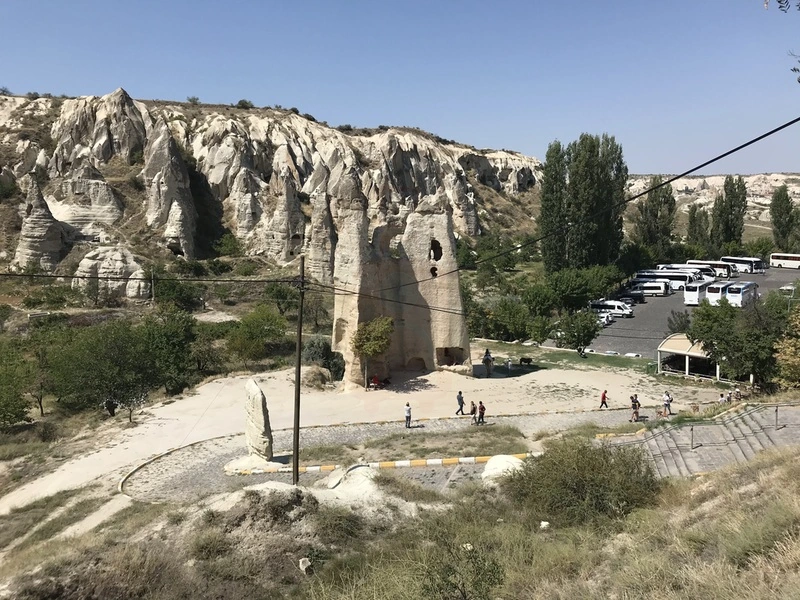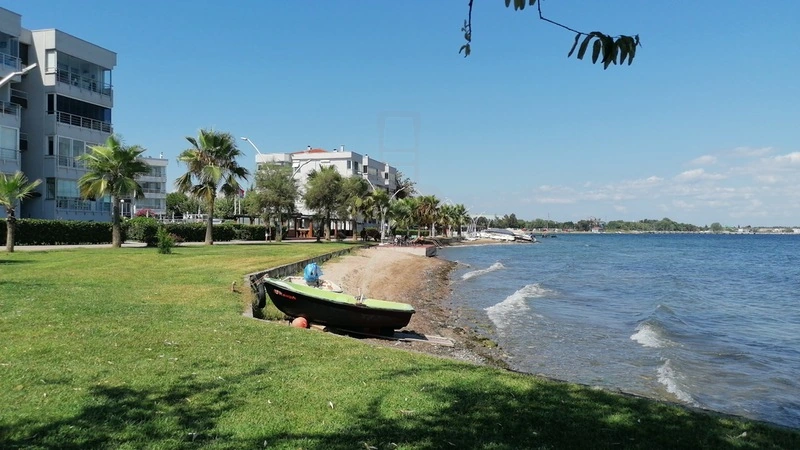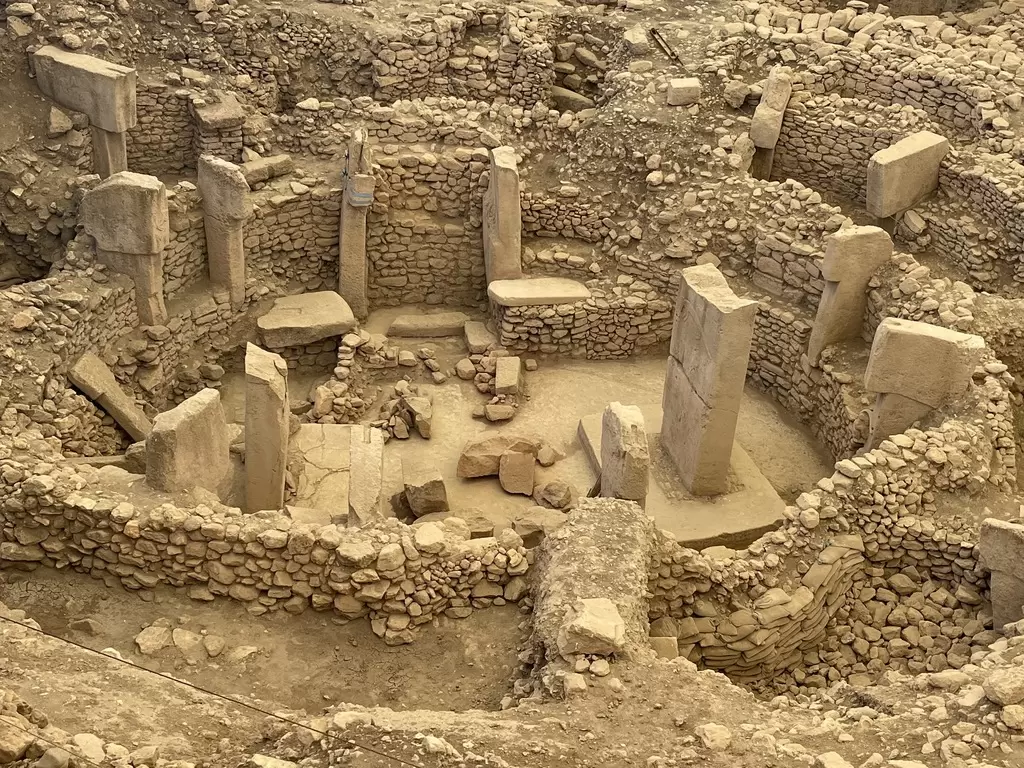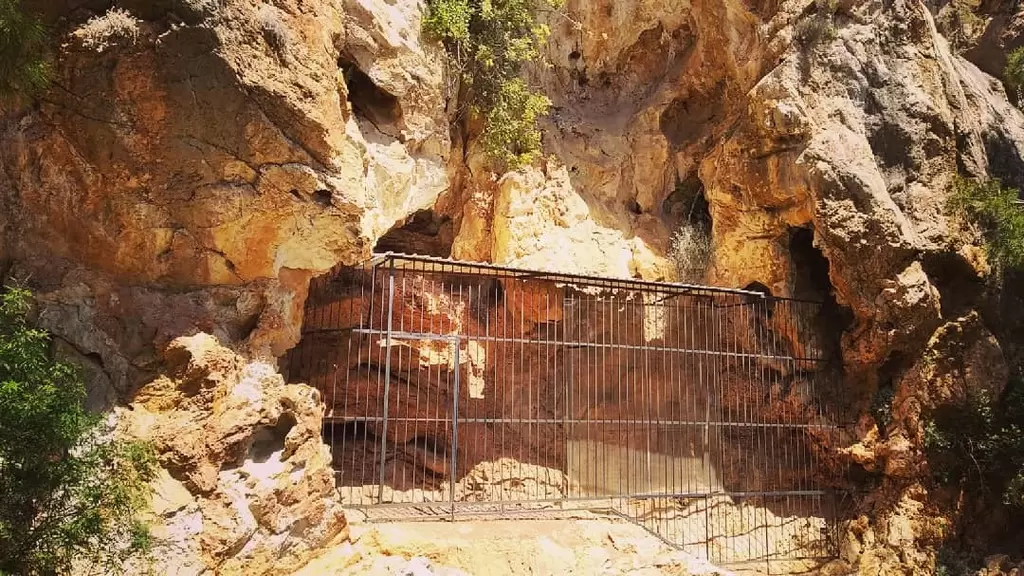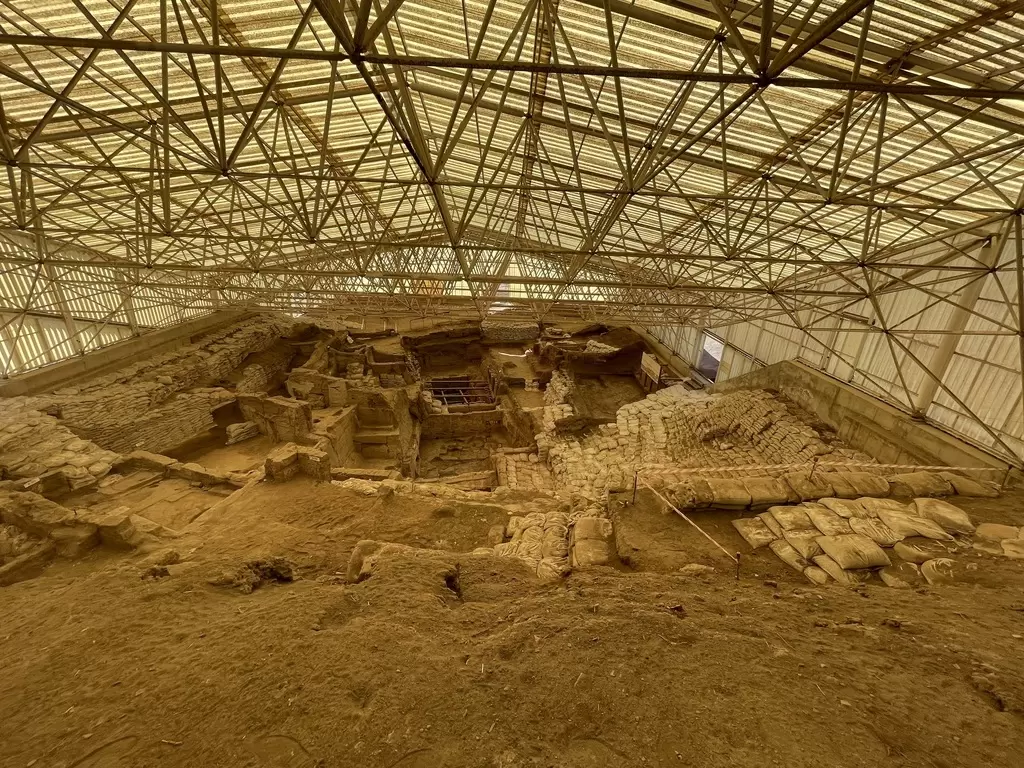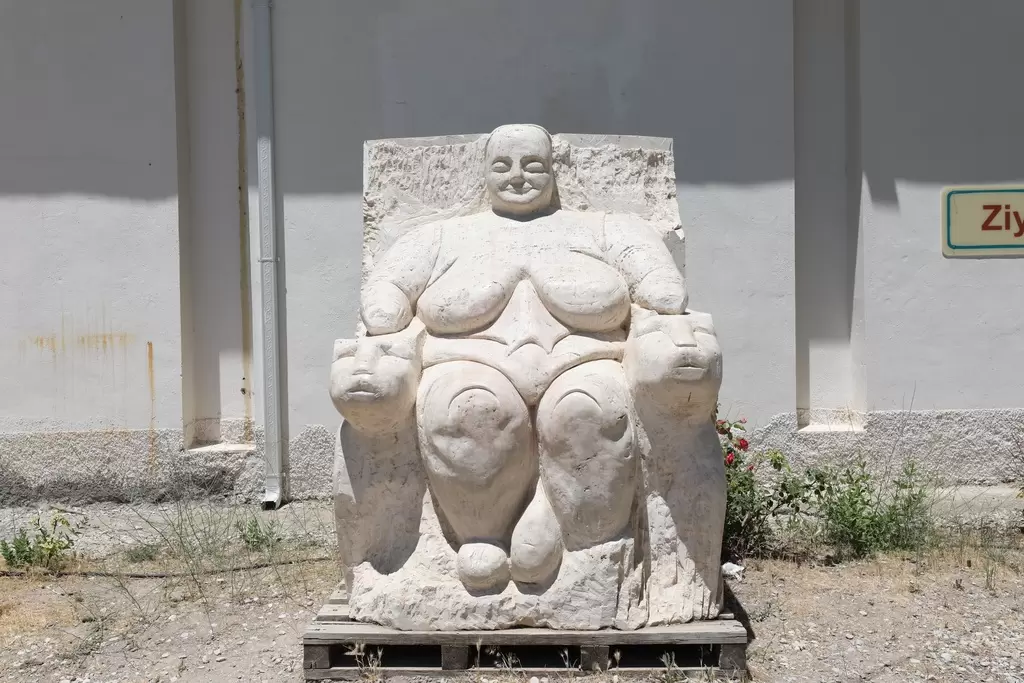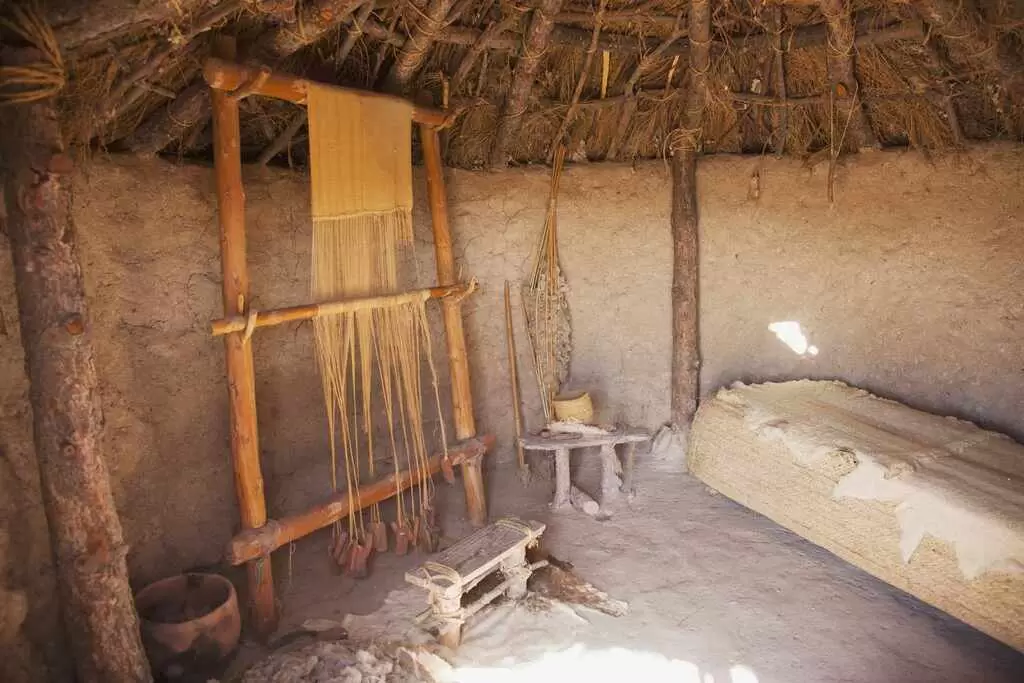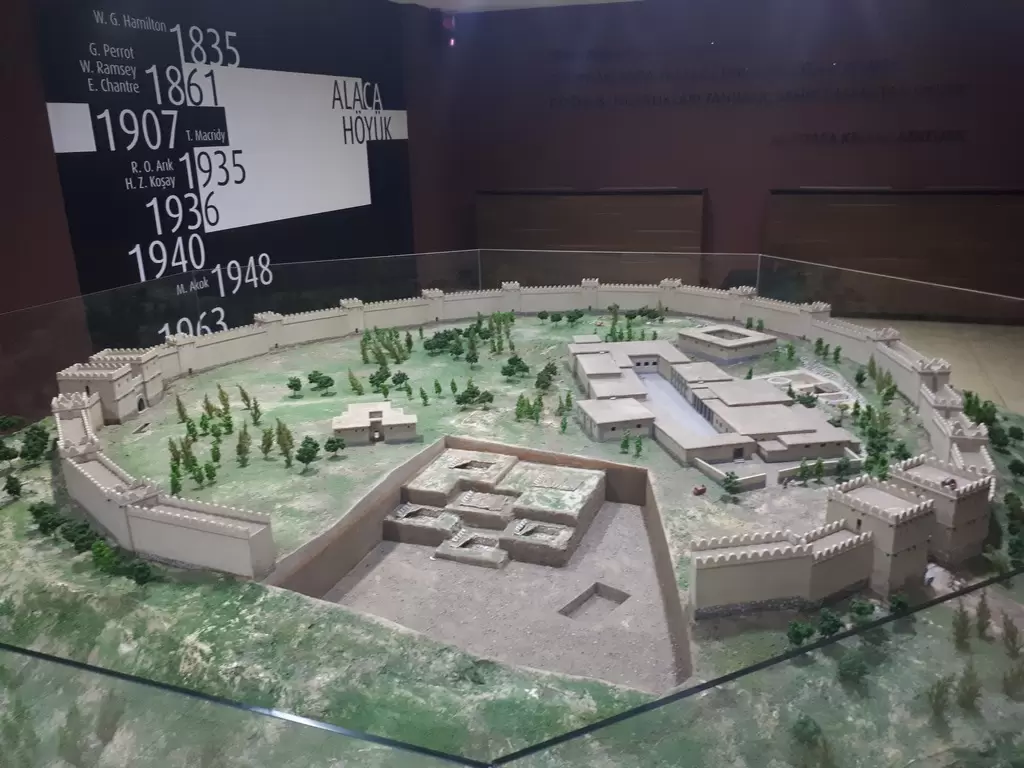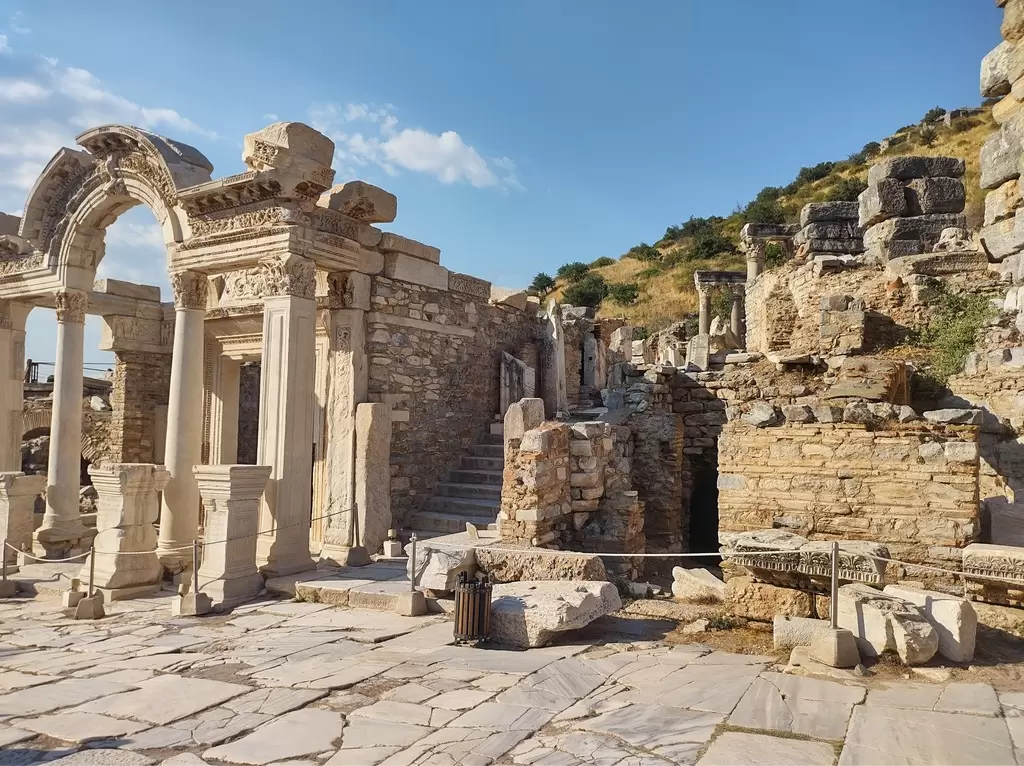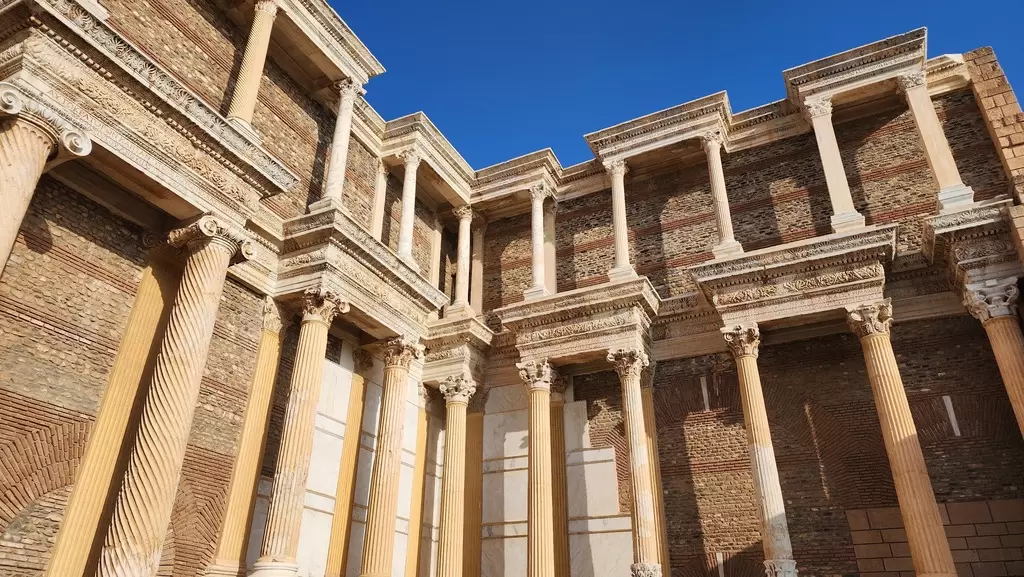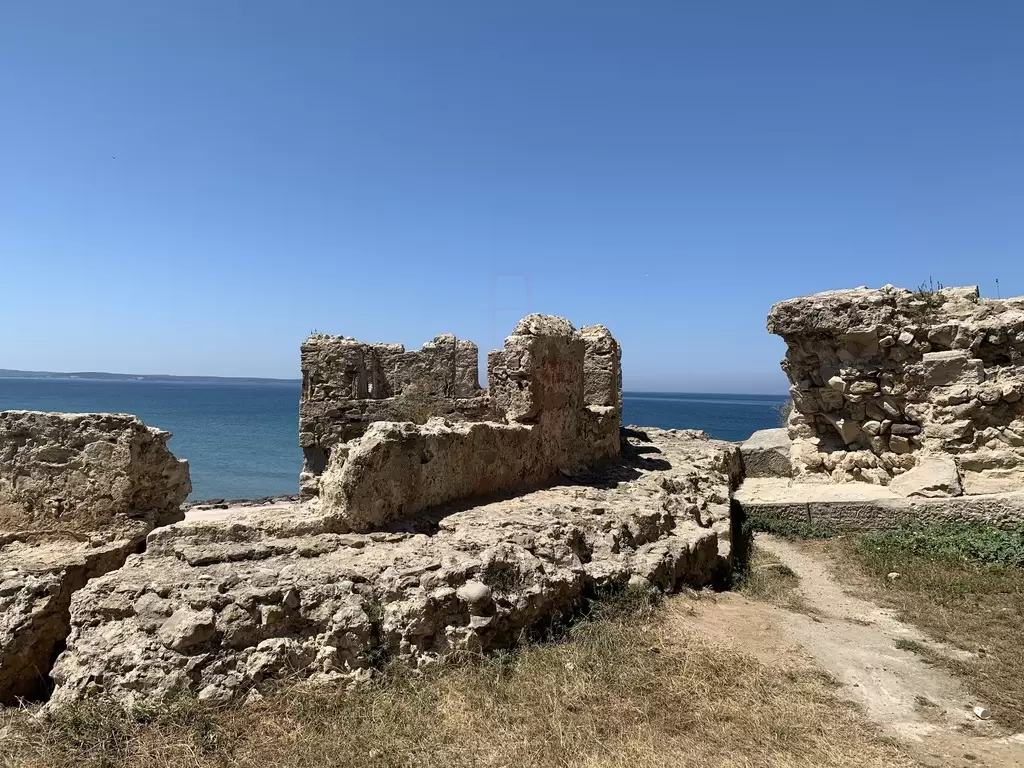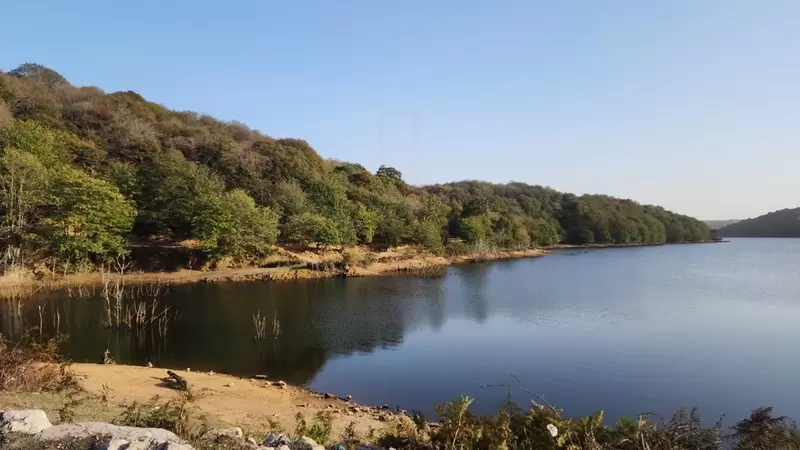
The Kingdom of Mysia was an ancient region located in northwestern Anatolia, situated between the Aegean Sea and the expansive interior of Anatolia. This kingdom flourished from roughly the 7th century BCE until it became integrated into larger empires, particularly the Persian and later the Hellenistic realms. Mysia's landscape is characterized by its fertile plains, mountains, and proximity to key trade routes, making it a vital area for agriculture and commerce.
Mysia was home to several important cities, among which Pergamon stands out. Pergamon, known for its impressive acropolis, became a cultural and political center during the Hellenistic period. The city was renowned for its advancements in arts and sciences, boasting a library second only to the Library of Alexandria. Pergamon's dramatic theater and the Altar of Zeus, with its intricate reliefs, are testaments to its architectural and artistic achievements.
Another significant city was Assos, located on the coast. Assos was known as a philosophical hub, home to the philosopher Aristotle for a time. Its strategic coastal position facilitated trade and cultural exchange, enriching the local economy and society. The ruins of Assos, including a well-preserved temple dedicated to Athena, highlight its historical importance.
Mysia's cultural landscape was marked by a blend of influences, including Greek, Persian, and indigenous Anatolian traditions. This cultural amalgamation is evident in the region's art, architecture, and religious practices. The kingdom played a crucial role in the spread of Hellenistic culture after the conquests of Alexander the Great, as Mysia became a melting pot of ideas and traditions.
The Kingdom of Mysia also holds significance in early Christian history. The apostle Paul traveled through the region during his missionary journeys, particularly in the context of spreading Christianity to Asia Minor. This connection to early Christianity has made Mysia an area of interest for both historians and religious scholars.
As the centuries progressed, Mysia faced various invasions and changes in governance, eventually becoming part of the Roman Empire. Under Roman rule, the region continued to thrive, maintaining its cultural heritage while integrating into the vast Roman economic and administrative framework.
Today, the archaeological sites of Mysia, including the ruins of Pergamon, Assos, and other ancient settlements, attract historians, archaeologists, and tourists. These sites offer valuable insights into the daily lives, cultural practices, and artistic achievements of the people who inhabited Mysia. The rich history of this ancient kingdom remains an essential part of Anatolia's diverse heritage, inviting exploration and appreciation of its significant past.






